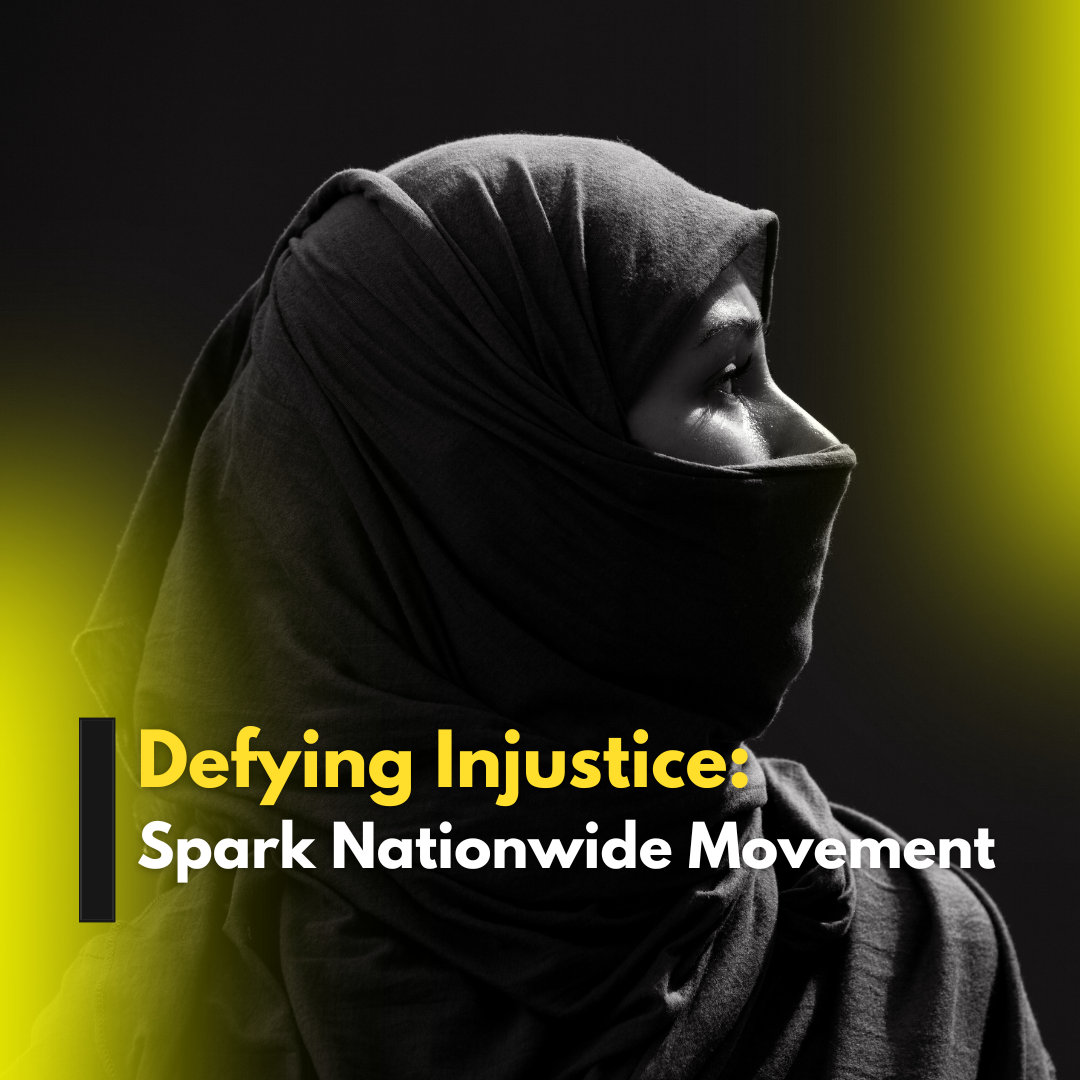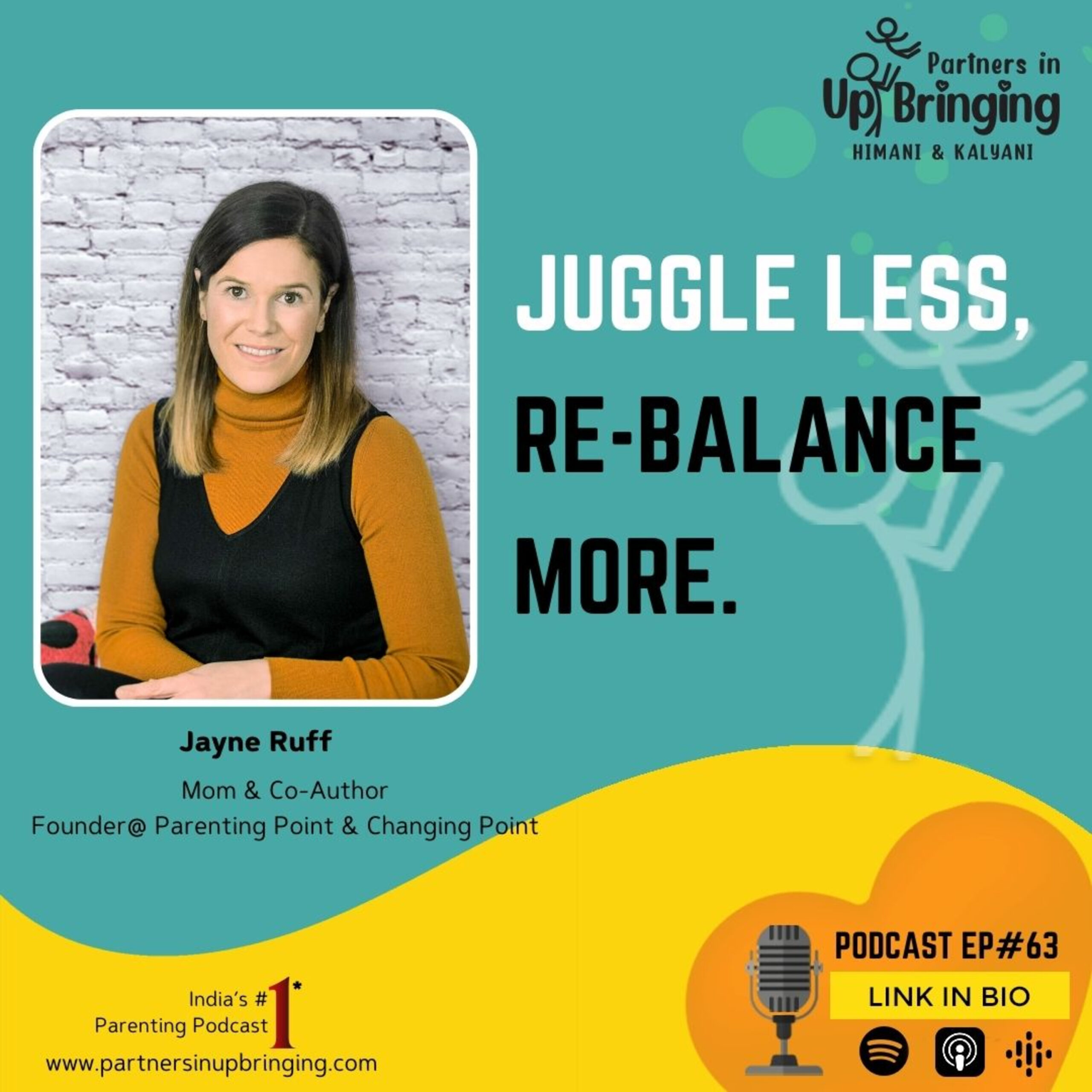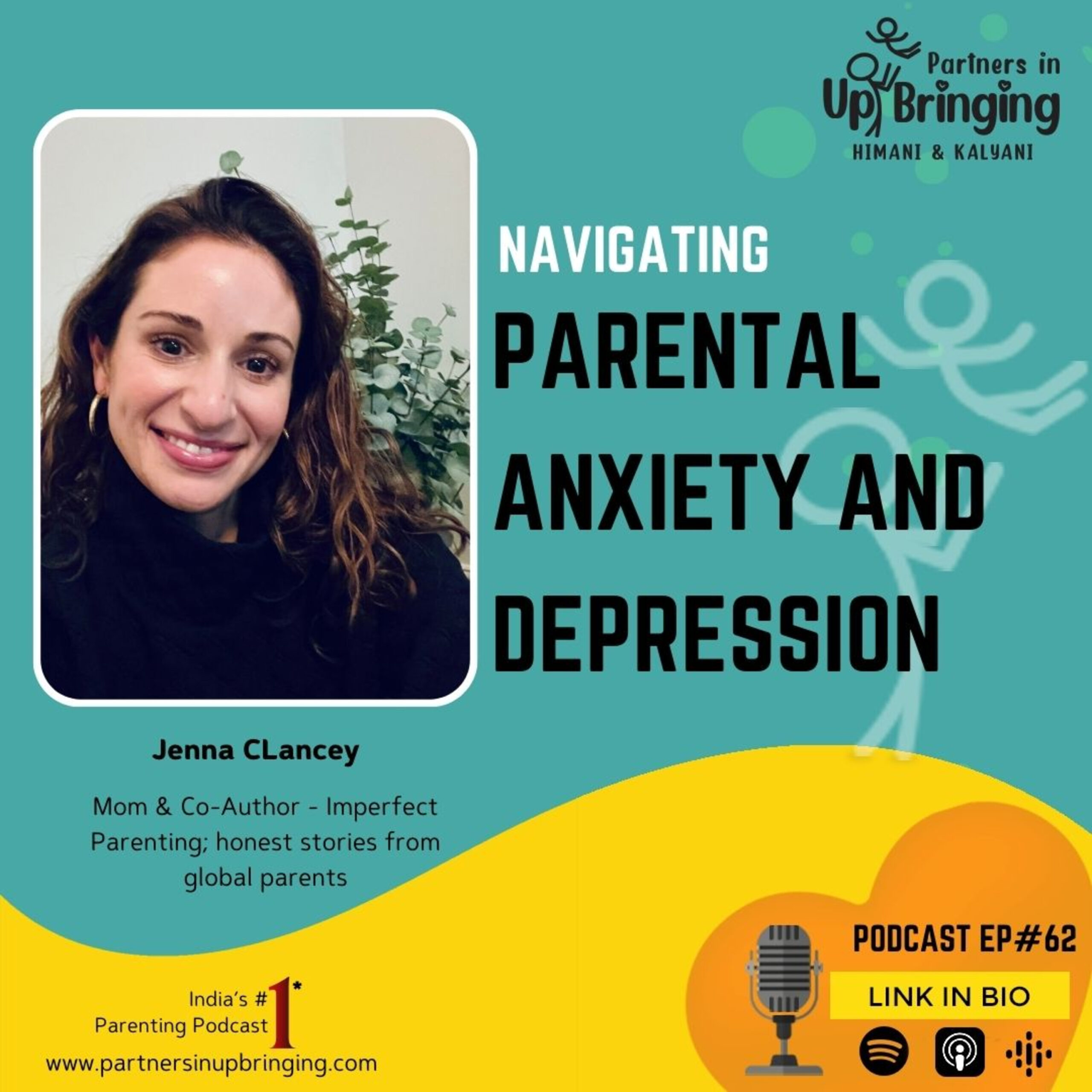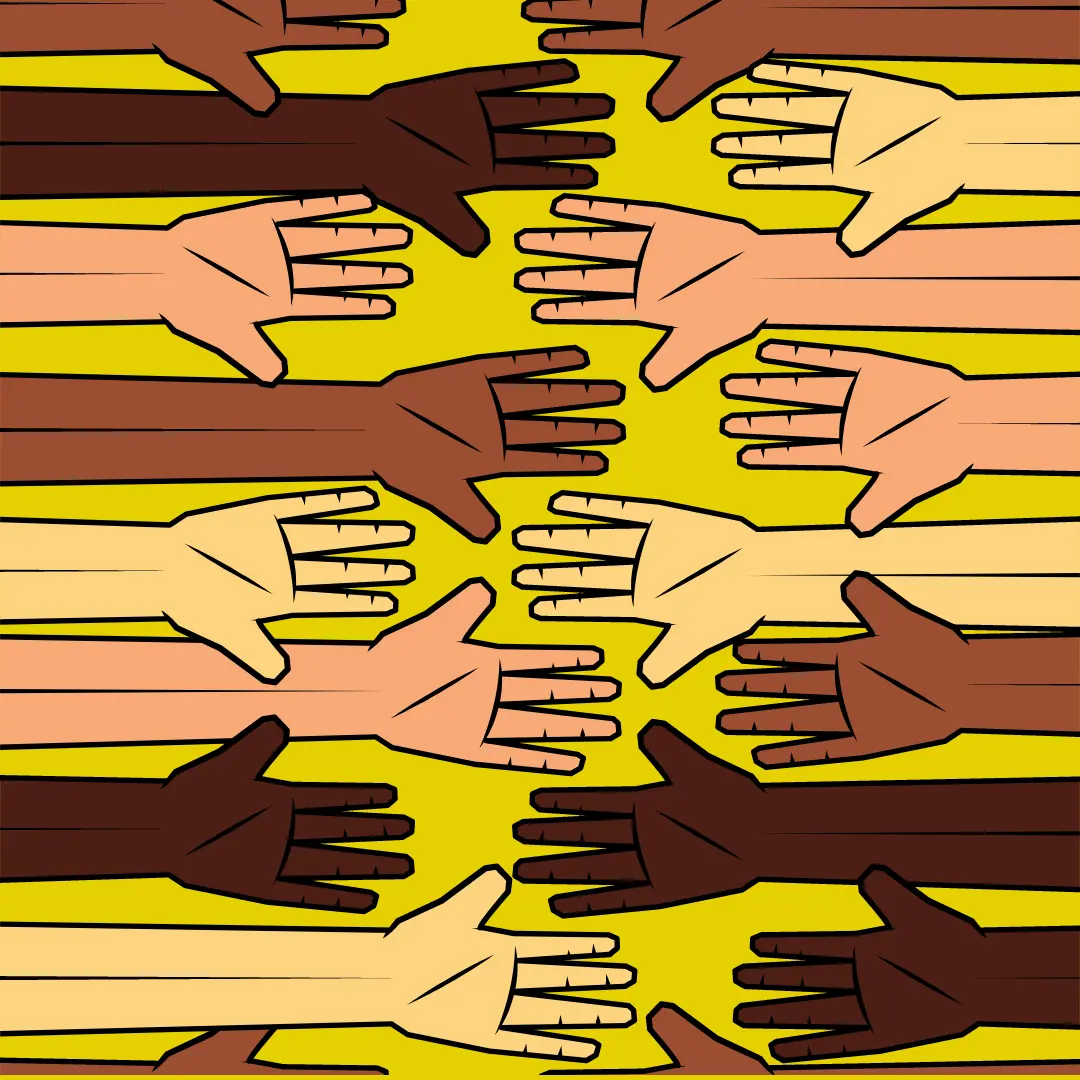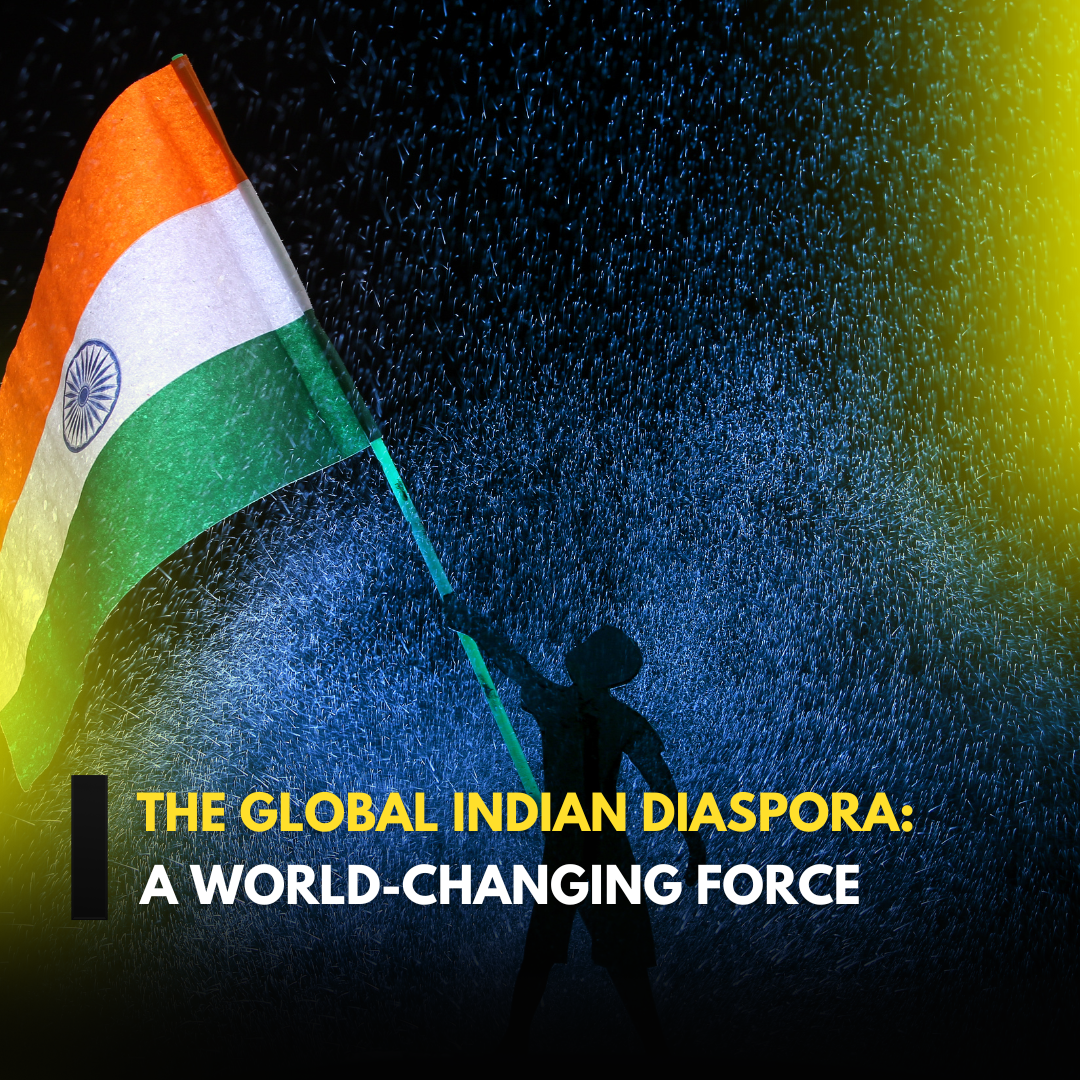Defying Injustice: Spark Nationwide Movement — In the run-up to the passage of the blatantly discriminatory Citizenship (Amendment) Act of 2019, citizens were quick to read the links between the act, the proposed National Register of Citizens (NRC) and the looming threat of disenfranchisement of Muslims. Large-scale discontent was met by the state’s crackdown.
Three days after the CAA was passed, on 15 December 2019, police brutally broke up protesting students at New Delhi’s Jamia Millia Islamia university. Local women of Shaheen Bagh came out and sat on a dharna. Within days what began as a spontaneous sit-in by a handful women soon turned into a symbol of dissent and resistance against the CAA.
Termed as a ‘leaderless’ protest, it became a movement which many called the Satyagraha of our times. In no time it inspired protests in dozens of other cities in Uttar Pradesh, West Bengal, Gujarat, Telangana, Punjab, Karnataka, Kerala, Bihar, Delhi, and Maharashtra. After one hundred nights and days, this mass movement of a kind India has not seen in decades, was uprooted, amidst restrictions of the Covid-19 pandemic.
Singh documents a significant moment in India’s contemporary history and asks what made the Shaheen Bagh movement possible, even bringing hope as it swelled upon India’s vast lands?
Bhasha Singh’s शाहीन बाग़: लोकतंत्र की नई करवट (‘Shaheen Bagh: Democracy’s New Turn’) brings alive these hundred days. Singh documents a significant moment in India’s contemporary history and asks what made the Shaheen Bagh movement possible, even bringing hope as it swelled upon India’s vast lands? What sustained it as a secular movement despite being led mostly by Muslim women?
The making of Shaheen Bagh
Bhasha explores the making of the anti-CAA resistance movement across the country. She offers fascinating details of the neighbourhoods where resistance first became visible. These areas did not have any history of collective civic action or collective expressions of dissent by citizens. Through Singh’s account, we are made aware of the altered geography of these neighbourhoods – and the country – because of the communal polarisation and ghettoisation, especially post-1992.
We meet a range of women who became the backbone of the movement — 100-year-old Hamidul Nisa in Lucknow, 82-year-old Bilkis Dadi of Shaheen Bagh, 16-year-old Zainab from Patna, Seenat Zubair in Kerala, and Iram Muskani of Deoband —who tell their story of what brought them to the protest sites. Almost all of them were first-time protesters but they were not willing to be silent. The fire in their belly was the result of a lifelong neglect of their right to be heard.
These conversations reveal how the Republic appeared in the eyes of a new public which had entered the public domain with a distinct vision.
Singh gently steers the conversations towards a powerful articulation by ordinary women on what was at stake. Not only was the relationship between citizens and the state frayed. The social fabric was irreparably wrecked because of the state’s hate-filled politics. Family and the household, customs and practices, all were affected.
These conversations reveal how the Republic appeared in the eyes of a new public which had entered the public domain with a distinct vision. They show the collectively created ‘Shaheen Bagh brand’. Women used the social and cultural resources at their command to turn their dharna into an inclusive space. They ensured the protest space was safe from sexual harassment. Men were turned into comrades, pitching in to complete the daily household chores; and mothers-in-law were persuaded to encourage participation by daughters-in-law.
'We the People'
At the sit-ins from Deoband to Patna, women read out the Preamble to the Constitution. Why did “We the People…” become the central symbol of protest?
Ambedkar’s firmness that rights for minorities should be absolute and the enshrining of secularism in the Preamble of the Constitution became part of the protesters’ collective conscious.
Through interviews with protesting women and activists, the book presents a searching discussion on the ideas of Ambedkar and the Constitution . She traces the building of critical voices, as the women drew on Ambedkar and constitutional guarantees to make connections between the attack on the citizenship of Muslims and the slide-back in constitutional values of secularism, equality, and participatory democracy. Ambedkar’s firmness that the rights of minorities should be absolute and the enshrining of secularism in the Preamble of the Constitution became part of the protesters’ collective consciousness.
The protesting women were deeply mindful of the threats posed to democracy and the Constitution, Singh tells us. They read the Preamble and invoked the constitution not because their religion was in danger, but because it was the Constitution which was under threat. The performative resistance of reading the Preamble ushered in a new form of politics led by women who till recently stood outside the political borders of ‘We the People’.
We are grass, we will grow on everything
Those watching the movement from afar could see that a stirring protest which started by Muslim women ended up creating a vibrant public sphere in the country. Singh’s account highlights the solidarities built in the movement. Farmers from Punjab joined in to reassure the women they were not alone. It was also a message to the state that united resistance and opposition exist despite efforts to polarise people on religious grounds.
The movement also inspired cultural expressions of hope. Singh’s brilliant compilation of poetry, graffiti, slogans, installations, posters, and their message of resistance transports the reader to the iconic protest pandals. The ‘performance of resistance’ - the poetry reading sessions, the book reading and libraries, the singing, and the speeches - was powerful. When the state cracked down, its first action was to pull down the library, paint over graffiti and dismantle art installations.
Many asked: What have women got to do with citizenship? But women at the protest sites had realised that their vulnerability was deeply implicated in their religious and gender identity.
The book is written from a unique gender perspective and draws much needed attention to the central role Muslim women played in the anti-CAA movement and the role women are playing in the social movements today. As women raised slogans, waved flags, read the preamble to the Indian Constitution, made speeches, and claimed the republic, many asked: What have women got to do with citizenship? But women at the protest sites had realised that their vulnerability was deeply implicated in their religious and gender identity; they knew that the issue was women specific.
The Shaheen Bagh phenomenon was not sudden. It had been in the making: in defiance of state and police violence in different parts of the country. it had been building up in the universities over fee hikes, hostel curfews, moral policing, sexual harassment, not only in big cities but in small towns as well where women were in protests, very often occupying the front rows.
In this movement led by Muslim women, as the book shows, the nation saw a new vision for citizenship articulated. It ends on a note of hope, seeing the movement as heralding a new dawn.
Afterlives
A new chapter began in the life of Shaheen Bagh after the book concluded.
At the peak of the Shaheen Bagh protest, Covid-19 struck. The state tightened its authoritarian grip. In the early hours of 25 March 2020, the first day of a nationwide lockdown, police cleared Shaheen Bagh and other protest sites and began making arrests. A peaceful democratic movement which had successfully built a moral consensus against the scrutiny of a partisan state in matters of belonging was crushed with an iron hand against the backdrop of the Covid-19 pandemic.
As the book reminds us, even as they left the protest site, the Muslim women of Shaheen Bagh left behind their shoes, to hark back that the movement lives on in women’s hearts and in India’s collective consciousness.
Just as the women of Shaheen Bagh were called ‘misguided’ folk brought to the sit-ins by other interests, farmer women too were chided for their ‘mindless’ presence.
Shortly after Shaheen Bagh , India witnessed another historic movement, this time of farmers against farm-law reforms. Women had a stirring presence in these protests too, which lasted for almost 13 months, with permanent sit-ins at the borders of Delhi and many other places. Thousands of yellow and green dupattas were the omnipresent symbol of their presence at the protest camps much like black head scarfs were in Shaheen Bagh.
Just as the women of Shaheen Bagh were called ‘misguided’ folk brought to the sit-ins by other interests, farmer women too were chided for their ‘mindless’ presence. Many chose to ignore women farmers’ forceful participation. the-then chief justice of India, SA Bobde, infamously remarked during a hearing on farm protests, “Don’t understand why old people and women are kept (sic) in protests.” Even chroniclers of the farmers’ movement (Kisan Andolan Ground Zero (in Hindi) by Mandeep Punia, for instance), say that women were not in leadership positions, so they did not make any contribution.
To the contrary, Singh’s grounded analysis points out that seeing and feeling the ground with a gender lens is part of the politics of knowledge construction. It includes a thoughtful, critical, and generous engagement with women who occupy this ground. It involves leaving the door open for continuation of the conversation, in situating their participation in wider social context and seeing women in these specific struggles not as the final product of a singular moment, but as part of an ongoing collective process of resistance.
A brilliant documentation, Bhasha Singh’s book must be translated into English and other languages and read by all those who want to understand the many faces of resistance in contemporary India.
Article Written by: Shaheen Bagh
The information contained in this article was sourced from Indian Forum
Link to original article: https://www.theindiaforum.in/book-reviews/republic-through-their-eyes-making-shaheen-bagh
Notes: apart from title change, the article has remained the same
-------------------------------

